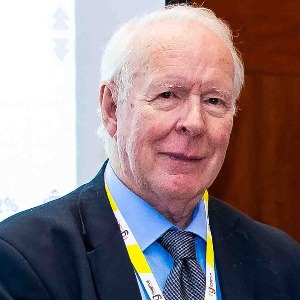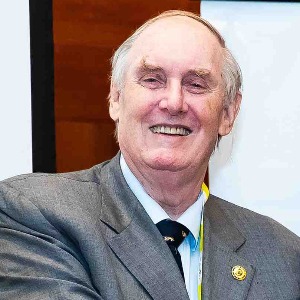Endodontic surgery
Endodontic surgery is a type of dental procedure that involves treating the roots of a tooth and the surrounding tissues of the tooth. It is often referred to as a “root canal” procedure. Endodontic surgery is used to save teeth that have become severely damaged due to trauma, decay, or infection. During an endodontic surgery, the dentist will remove any infection or decay from the root of the tooth. They will then clean the root canal and fill it with a special material to protect it from future infection. Endodontic surgery is a highly specialized field of dentistry and requires knowledge and expertise in order to be successful. The dentist performing the procedure must be aware of the anatomy of the tooth and its surrounding tissues. They must also be able to identify and diagnose any infection or decay in the area. The most common type of endodontic surgery is an apicoectomy. During an apicoectomy, the dentist will make a small incision in the gum tissue near the affected tooth. They will then remove any infected or decayed tissue from the root of the tooth. The dentist will also fill the root canal with a special material to help protect the tooth from future infection. Endodontic surgery is a necessary procedure for many patients with severe tooth damage. It can help to preserve the tooth, reduce pain, and prevent further damage. After the procedure, the patient will need to follow up with their dentist for regular checkups to monitor the healing process. Endodontic surgery is a highly specialized field of dentistry and requires a great deal of knowledge and skill to perform correctly. If you are in need of endodontic surgery, it is important to find a qualified and experienced dentist. This will ensure that you receive the best care possible and that your tooth is properly treated.

David Geoffrey Gillam
Queen Mary University of London, United Kingdom
Christopher Turner
Spacemark Dental, United Kingdom




Title : Evaluating hygienist follow up for head and neck oncology patients in secondary care: Results from a two cycle audit
Peter Basta, Newcastle Dental Hospital, United Kingdom
Title : Atypical facial pain unravelled
Christopher Turner, Spacemark Dental, United Kingdom
Title : New treatment of temporomandibular disorder through muscle balance and muscle regeneration by activation of quiescent muscle stem cells( satellite cells) with mitochondrial dynamics
Ki Ji Lee, National Reserach Foundation & Busan Medical University, Korea, Republic of
Title : MRONJ and ORN: Referral or management in primary care? Navigating guidelines in the context of long waiting lists
Alisha Sagar, NHS England, United Kingdom
Title : Managing the unexpected: An Insight into supernumerary teeth
Bahar Gharooni Dowrani, Guy's and St Thomas' NHS Foundation Trust, United Kingdom
Title : Laxative prescribing for post operative head and neck cancer patients at Derriford Hospital
Pui Sze Kylie Li, Cardiff and Vale University Health Board, United Kingdom